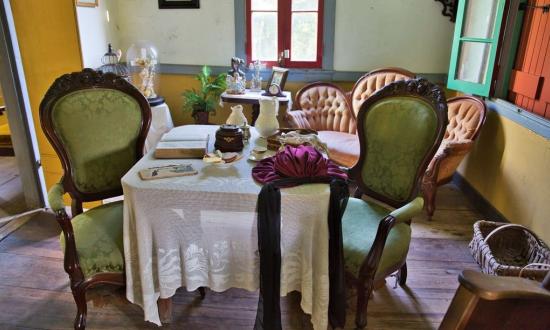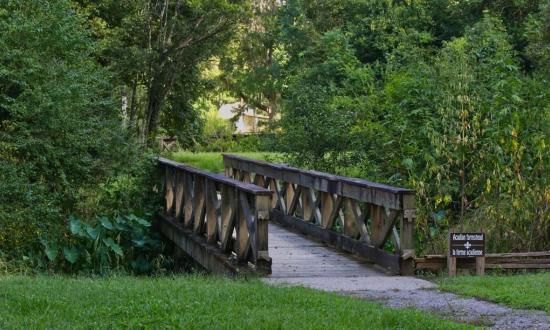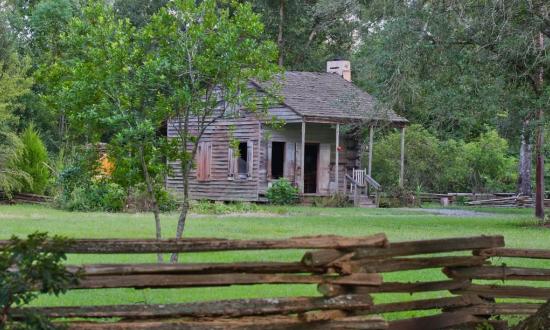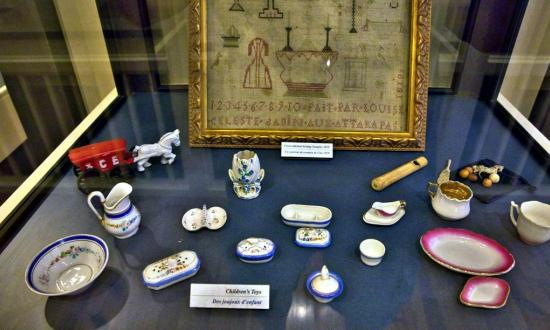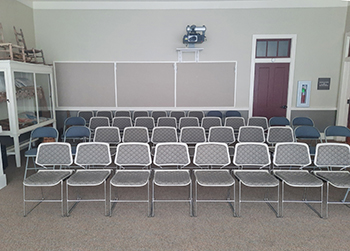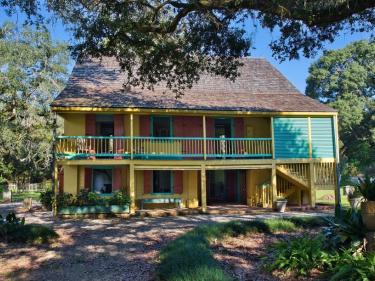
Longfellow-Evangeline State Historic Site
1200 N. Main Street
St. Martinville, LA 70582
United States
Site open daily
open from 9 a.m. to 5 p.m.
closed Thanksgiving, Christmas & New Year's Day
General Admission
- $6 per Person (ages 7 to 61)
- $4 Seniors (62 & older)
- Free Children (6 & under)
Longfellow-Evangeline State Historic Site explores the cultural interplay among the diverse peoples along the famed Bayou Teche. Acadians and Creoles, Indians and Africans, Frenchmen and Spaniards, slaves and free people of color-all contributed to the historical tradition of cultural diversity in the Teche region. French became the predominant language, and it remains very strong in the region today.
Henry Wadsworth Longfellow's 1847 epic poem Evangeline made people around the world more aware of the 1755 expulsion of the Acadians from Nova Scotia and their subsequent arrival in Louisiana. In this area, the story was also made popular by a local novel based on Longfellow's poem, Acadian Reminiscences: The True Story of Evangeline, written by Judge Felix Voorhies in 1907.
Once part of the hunting grounds of the Attakapas Indians, this site became part of a royal French land grant first used as a vacherie, or cattle ranch. The first Acadians to settle in Louisiana established themselves here, on the banks of Bayous Teche and Tortue, on the edges of this vacherie.
When the grant was sold and subdivided, this section was developed as an indigo plantation. In the early 1800s, Pierre Olivier Duclozel de Vezin, a wealthy Creole, acquired this property to raise cotton, cattle, and eventually, sugarcane. He built the Maison Olivier, the circa 1815 plantation house which is the central feature of Longfellow-Evangeline SHS. His son, Charles, made improvements to the home in the 1840s. The structure is an excellent example of a Raised Creole Cottage, a simple and distinctive architectural form which shows a mixture of Creole, Caribbean, and French influences.
A reproduction Acadian Farmstead is situated along the bank of Bayou Teche. The Farmstead is an example of how a typical single-family farm would have appeared around 1800. The site includes the family home with an outdoor kitchen and bread oven, slave quarters and a barn. In the pasture located adjacent to the barn, there are cattle typical of those raised by the Creoles and Acadians at that time.
In 1934, the property became the first park of the Louisiana State Parks system. In 1974, Maison Olivier was designated a National Historic Landmark.
